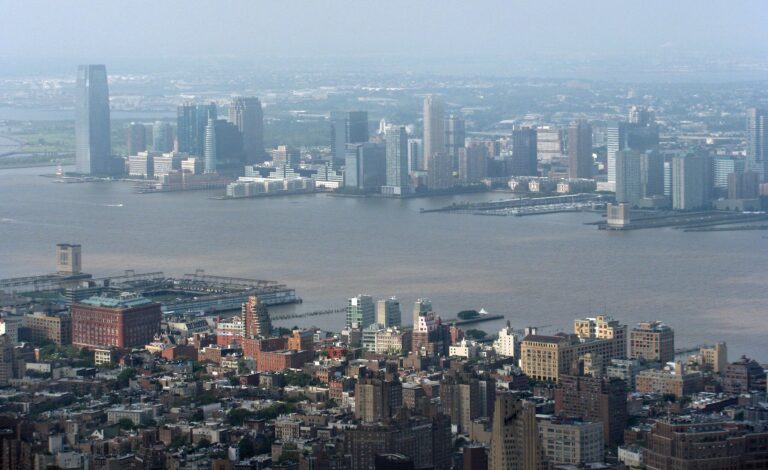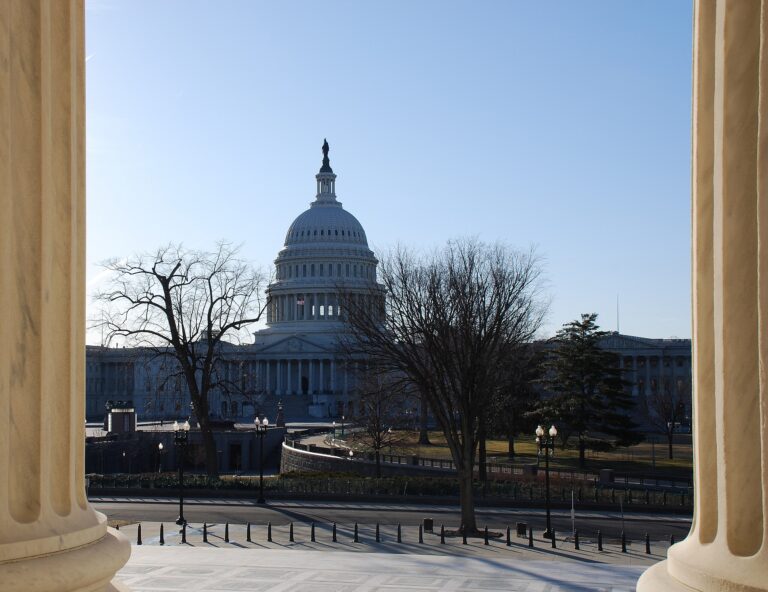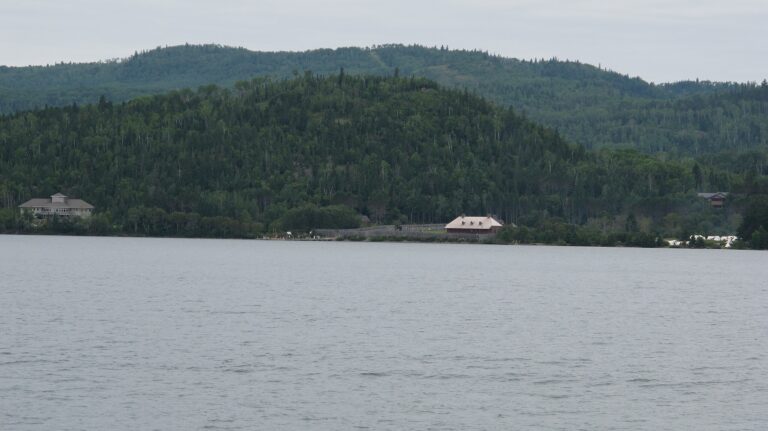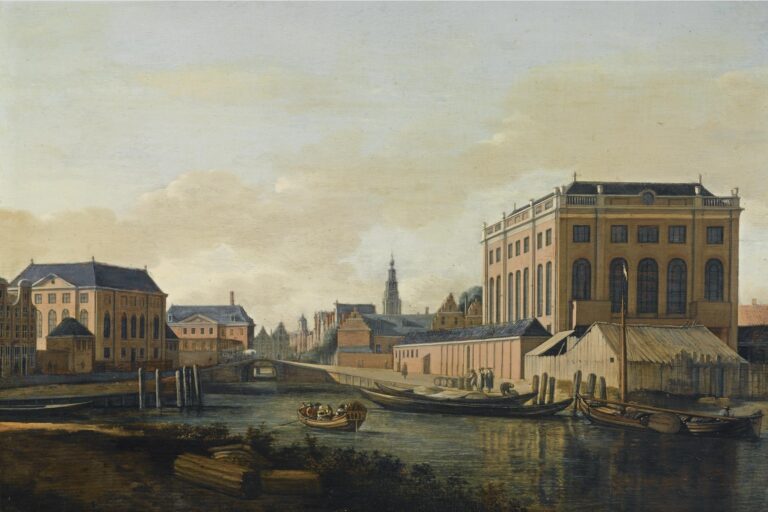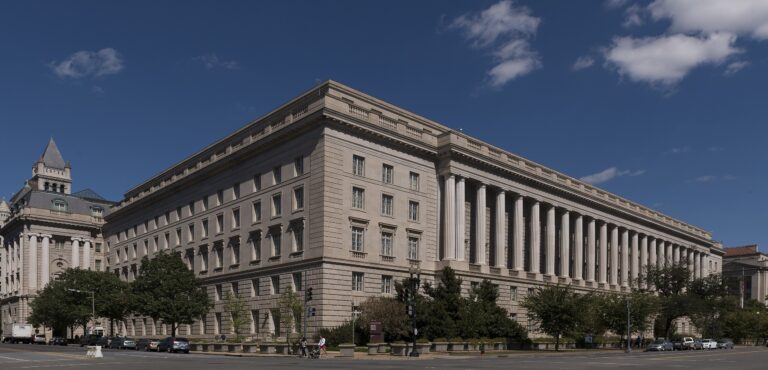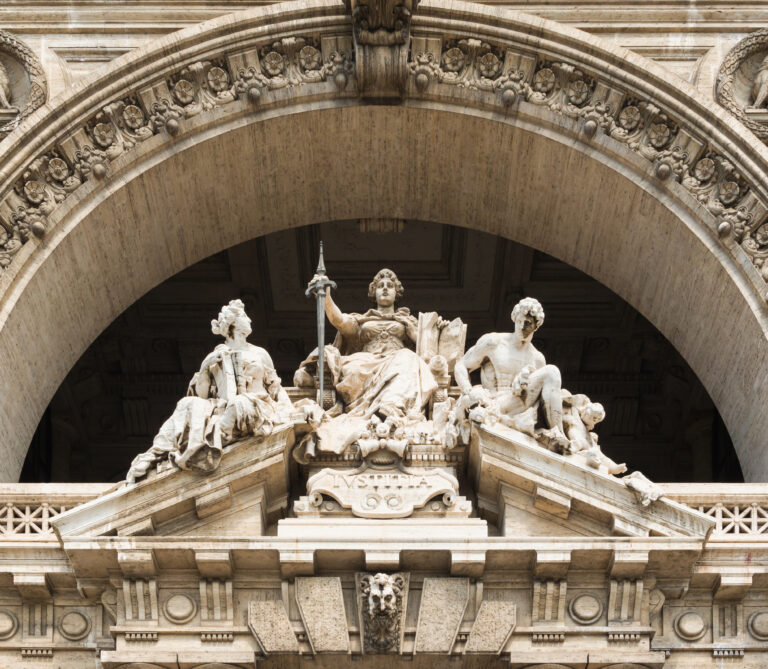
The Housing Plight of Refugees
Yolanda van der Vyver
“Refugee Mother and Child” by dimitrisvetsikas1969 from Pixabay.
This essay is part of a virtual conference series “The Roles of Law, Religion and Housing Through the United Nations Sustainable Development Goals (UN SDGs)” sponsored by Canopy Forum and the Center for the Study of Law and Religion at Emory University. This series features scholars, experts, and practitioners who examine global challenges of homelessness, housing policy and housing vulnerability. You can browse all essays and view video presentations from the series here.
The United Nations (UN) has identified seventeen Sustainable Development Goals (SDGs) which include the world’s best plans to end poverty and hunger, ensure good health and well-being, quality education, and gender equality, to name but a few. But when it comes to housing refugees, especially in the urban landscape, the world is failing to keep the UN’s promise “to leave no one behind.” There are many factors that contribute to this failure, but xenophobia, lack of political will, and an inability to enforce laws are contributing factors. Furthermore, even though all religions convey messages of charity, compassion, and care that extend to refugees, the current anti-immigration narrative and xenophobia towards foreign nationals often come from right-wing Christian religious groups across the globe. It is ironic that the formal humanitarian systems that developed in the nineteenth and twentieth centuries were informed by these cultural and religious traditions.
This essay briefly describes the link between religion and the development of Western humanitarianism, and then presents a South African case, where refugees, mainly from the Democratic Republic of the Congo (DRC), camped on the sidewalk of the United Nations High Commissioner for Refugees (UNHCR) offices in Pretoria in 2019, with no access to the UN’s emergency shelter options. The strategy to integrate refugee housing into the existing urban fabric is often sabotaged by locals’ violent attacks and refusal to accept foreign nationals in their communities. Derelict, hijacked buildings that are housing hazards are usually the only option available.
Religion and the development of humanitarianism
Religious ideas of charity towards the disadvantaged are centuries old. Charitable giving is enshrined in Islam, Judaism, and Christianity, as well as Eastern and African religions. There is a complex relationship between the state, authority, and the moral and legal framework of society. These differing cultural and religious traditions have informed state-led systems of organized relief. The institutional, conceptual, and legal roots of the formal humanitarian system as we know it today, comprising the UN agencies and international NGOs, was born in the nineteenth century, with the foundation of the International Committee of the Red Cross (ICRC) in 1863, and was codified in the twentieth century.
The expansion of specifically European humanitarianism went hand in hand with the consolidation of European colonial control in Africa and Asia. Many of the techniques of assistance practiced today–including famine relief and cash assistance–were pioneered in the colonies.
The High Commissioner for Refugees (HCR) was created after the First World War to coordinate assistance to Russian refugees. The HCR also secured official international recognition of a travel document for refugees and played a central role in the development of a draft treaty on refugees’ rights. Humanitarian trends continued after the Second World War. The United Nations (UN) and its constituent humanitarian elements was established in 1945 and the Universal Declaration of Human Rights was adopted in 1948. The UNHCR was established in 1950. The agency is mandated to lead and coordinate international action to protect refugees, to resolve refugee problems worldwide and to safeguard the rights and well-being of stateless people. The 1951 Convention relating to the Status of Refugees was a key legal document defining refugee status, the rights of refugees and states’ obligations towards them. Article 21 on housing stipulates that “the Contracting States, … shall accord to refugees lawfully staying in their territory treatment as favorable as possible and, in any event, not less favorable than that accorded to aliens generally in the same circumstances.”
The target of assistance shifted from Europeans affected by the Second World War to citizens of the decolonizing global South, or at least the non-communist part that was accessible to Western agencies. The humanitarian system as described above, and its formal institutions, are heavily Westernized. Charity and the urge to respond to the suffering of others have a long history in the West.
The UN is a secular organization but has nevertheless engaged with faith-based organizations, faith communities and faith leaders in carrying out its work. This partnership has proven its value over the years and yielded substantial protection. The High Commissioner underscored “the valuable contributions that faith organizations and communities make to the protection of refugees and the displaced.”
South African case study
In October 2019 hundreds of asylum seekers and refugees, mainly from the DRC, started to camp out in protest on the public sidewalk in front of the offices of the UNHCR in Pretoria, South Africa; this followed the deadly xenophobic attacks in September, led by locals against foreign nationals.
Refugees demanded to be moved to the safety of camps for protection and to then either be repatriated to their home country or relocated to safer countries.
The sidewalks are public spaces that belong to the local municipality, but municipal officials claimed that the plight of the refugees was beyond their jurisdiction and that the Department of Home Affairs (DHA) or the UNHCR should resolve the matter. The UNHCR told the demonstrators that it was not able to resettle or relocate them, since resettlement is a process that requires a third country to agree to admit the refugees and give them permanent residence. The protestors pitched domed tents on the sidewalk and some residents and religious groups provided them with food and blankets, but two residents’ associations went to court to have them removed from the upmarket neighborhood. The refugees were ordered to disperse and vacate the affected area within three days. Fearing forceful eviction, they made their way inside the UNHCR to demand protection. However, this only led to trespassing charges being pressed against them and in November 2019, the South African Police Service (SAPS), clad in riot-gear, violently evicted about 700 refugees, using water cannons and pepper spray. Hundreds, including women and children, were arrested and hundreds more were detained at the notorious Lindela Repatriation Centre until the DHA could verify their immigration status and process them accordingly.
Lindela has proved to be the worst kind of accommodation for refugees. It became synonymous with abuse, corruption, and systematic denial of basic rights and riots, and assaults and deaths have been common. Management of the facility was outsourced to a private company, Bosasa, that wanted to make as much money as possible from the DHA. They were paid per person per day, so there was a financial incentive to increase the number of inmates. The red brick fortification used to be a miner’s hostel compound, housing synonymous with apartheid, before it was turned into a holding facility. Rooms in the male dormitory were 10x8m in size and had to accommodate 26 men in double bunk beds and an additional 11 on mattresses on the floor between the beds. Tensions flared with overcrowding and disease spread quickly. Many of the protesters returned to the sidewalk in 2022. This time they had to manage with make-shift shelters. A bus stop was converted by draping large plastic sheets over the openings on all sides and sheets or pieces of cloth were hung from the boundary wall and fence, which doubled as a washing line. The temporary structures made pedestrian traffic impossible. The refugees were once more removed in 2023 and the UNHCR built a wall on the sidewalk to stop future illegal squatting.
UNHCR and housing models
There are different housing models where refugees find accommodation on their journey to the promise of possible integration into society. These include emergency shelter, illegal squatter camps, tent camps, repatriation centers and derelict buildings. Access to affordable housing is one of ten criteria that measures well-being. Refugees may have lost everything before their displacement and usually end up with the city’s poor or homeless. According to the UN’s Sustainable Development Goals Report 2022, the drive to end extreme poverty was severely set back by the Covid-19 pandemic and refugees had no access to social protection systems.
Emergency shelter vs. illegal squatting
The UNHCR lists Emergency Shelter Solutions and Standards and architects have been collaborating with UN-Habitat to develop new shelter models that are replicable in large-scale housing programs for refugees, but designed shelters are not available to the refugee-protesters if they are deemed to be illegal squatters. The international landscape is littered with such makeshift, temporary shelters, and their mere presence points to a bigger problem: inadequate policies to address the needs of refugees and asylum seekers in urban areas. Religious buildings are often used for shelter. In the US, faith-based organizations provide emergency shelter for the homeless, which includes living arrangements within worship centers.
Refugee camps
The protesters’ demands to be relocated to camps, where the UNHCR could protect them, goes against the global trend where most refugees choose not to live in camps but in urban areas, because camps tend to turn into prisons and have unsanitary conditions. Traditional emergency refugee camps are designed to be temporary shelters, but their lifespans often exceed what was planned for. The oldest refugee camp is the Palestinian camp Dheisheh, built in 1949 for 3,400 Palestinians who fled the 1948 Arab-Israeli war. The UN built small shacks, but refugees did not want to live in those, so they built more durable structures. It now looks more like a permanent settlement than a temporary camp. One of the world’s largest refugee camps is Kakuma in Kenya, where the average stay is 17 years.
Architects Sandi Hilal and Alessandro Petti describe camps as paradigmatic representations of political failure where refugees are stuck in time, waiting to be deported or relocated. “Refugee camps should not exist; they represent a crime and a political failure.” “Camps are established with the intention of being demolished. They are meant to have no history and no future; they are meant to be forgotten.”
Integration in the urban landscape
The global consensus is that refugees should be integrated in the host country’s existing urban fabric and society, and these aims are advocated on various social media platforms. But without a formal housing policy, refugees are doomed to illegally occupy derelict or abandoned buildings in need of urban upgrade. In August 2023, a fire engulfed such a five-story, municipal-owned building in Johannesburg, killing at least 77 people, including 12 children. The building had been abandoned and hijacked by gangs who demanded rent from an estimated 400 squatters that included foreign nationals, economic migrants, and asylum seekers.
Conclusion
The UNHCR does not offer recommendations on how cities and public space could serve refugees better. It falls on humanitarian organizations and refugee advocates to provide asylum seekers and refugees with assistance and to facilitate the integration process. In South Africa, actions, investments, and activism to deal with homelessness, come from non-profit, faith-based, and community-based organizations. Until architecture is seen as a human right, one that extends to refugees, the UN SDGs will remain unattainable. ♦

Yolanda van der Vyver is a practicing architect and academic with an interest in the convergence of law, religion and architecture.
Recommended Citation
Van der Vyver, Yolanda. “The housing plight of refugees.” Canopy Forum, March 20, 2024. https://canopyforum.org/2024/03/20/the-housing-plight-of-refugees/.
Recent Posts


